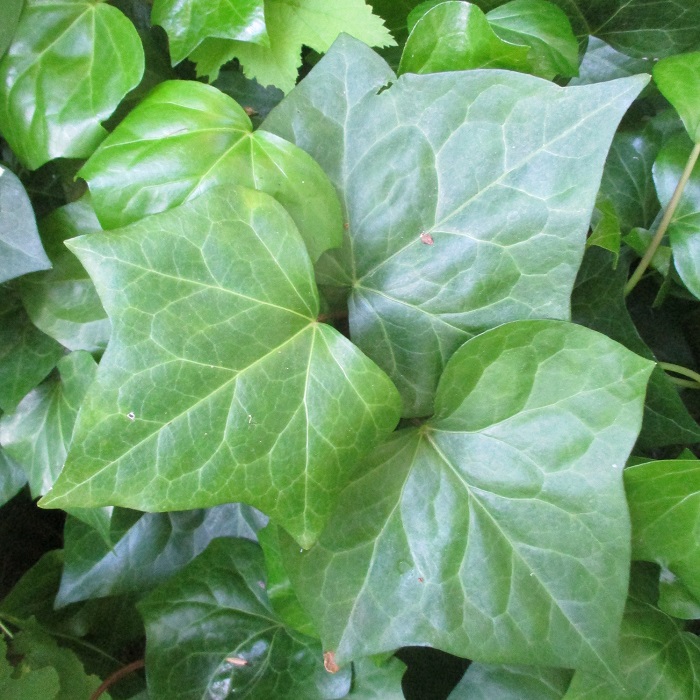UNITED STATES—Ivy is creepy. It creeps everywhere. As it does so, it extends roots into or onto whatever it creeps over. Not only does it do this to climb, but it also does this to propagate. It literally roots as it goes, to function more as a swarm of countless small plants instead of a single big plant. A bit of well rooted stem may grow independently from the original as a ‘layer.’
Many vines do the same, even if they are normally climbing vines that just happen to fall onto the ground. A few shrubs and trees, especially riparian sorts, are happy to do it also if lower limbs lay onto damp soil. Such a rooted stem is known as a layer because it lays on the ground to root. In a home garden, a layer might root below a layer of mulch or soil.
Layering is clonal propagation.
In fact, many plants in home gardens are easy to propagate by intentional layering. Many develop roots more reliably if layered than if propagated from cuttings. They grow almost like cuttings, but while attached to the original plants to sustain them. Layering produces only one or a few new plants, unlike cuttings, but for most home gardens, that is enough.
Some plants are easier to layer than others. Pines and most eucalypti are uncooperative to the technique. Rhododendrons, azaleas and camellias layer relatively easily, but may take more than a year to finish. Elms and magnolias are even happier to layer, but rarely retain low stems. Some plants layer best after spring bloom. Others layer through winter.
An intentionally layered stem should be partially buried, with a few inches of stem below the soil, and a few inches of the tip of the stem protruding above the soil. Notching about a third of the way through the underside and applying rooting hormone promotes rooting. Regular watering is necessary through the process, which continues at least until winter.
Highlight: Algerian Ivy
Like so many fad plants that were formerly too popular, Algerian ivy, Hedera canariensis, now has a bad reputation. Ironically though, it earned its reputation for doing what it does best. It covers ground rapidly and efficiently. The problem is that it never seems to stop. It creeps anywhere it can, and climbs trees, fences and anything else that it can grab onto.
Aerial roots of climbing vines ruin paint and stucco, and accelerate rot of wooden fences and walls. Vines that get between planks or into cracks between bricks cause significant damage as they expand. Shrubby adult growth that blooms and produces seed develops where climbing vines reach the top of their support, or spontaneously in sunny locations.
Nonetheless, with diligent edging for strict confinement and to prevent climbing, Algerian ivy works well as a resilient evergreen ground cover for large areas. Once established, it excludes weeds, and tolerates quite a bit of shade. Shrubby adult growth is uncommon if vines cannot climb. Climbing vines may be harmless on bare reinforced concrete walls.
Algerian ivy is neither as finely textured nor as shallow as English ivy. Its broader leaves are about six inches wide, with blunter lobes. They stand higher on longer and distinctly blushed petioles. Algerian ivy is rare in nurseries now, but inhabits old landscapes, from which it sneaks into adjacent landscapes. Variegated cultivars are slightly more passive.
Horticulturist Tony Tomeo can be contacted at tonytomeo.com.






